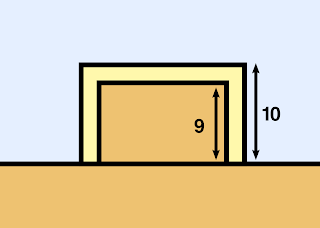וְהַבֶּגֶד כִּי יִהְיֶה בוֹ נֶגַע צָרָעַת בְּבֶגֶד צֶמֶר אוֹ בְּבֶגֶד פִּשְׁתִּים: (ויקרא יג, מז)
The Talmud on Shabbat 26b presents a binyan av from that verse to teach that all mentions of beged in the Torah refer specifically to wool and linen. This applies to three other verses about tum'ah on a beged, and another verse saying that tsitsit goes on a beged. They all mean a wool or linen beged.
Everyone agrees to this binyan av. But the halakhot in these verses can still affect other materials, like cotton, when ribbuyim come into play. The question of which materials of which sizes are mekabbel which types of tum'ah is a huge debate on 26a–27b. Here are some charts (PDF). There's an even better chart in the footnotes of Mesivta.
The most practical example for nowadays is that of tsitsit. Is cotton acceptible for the beged of a tallit kattan? Or should you insist on wool?

